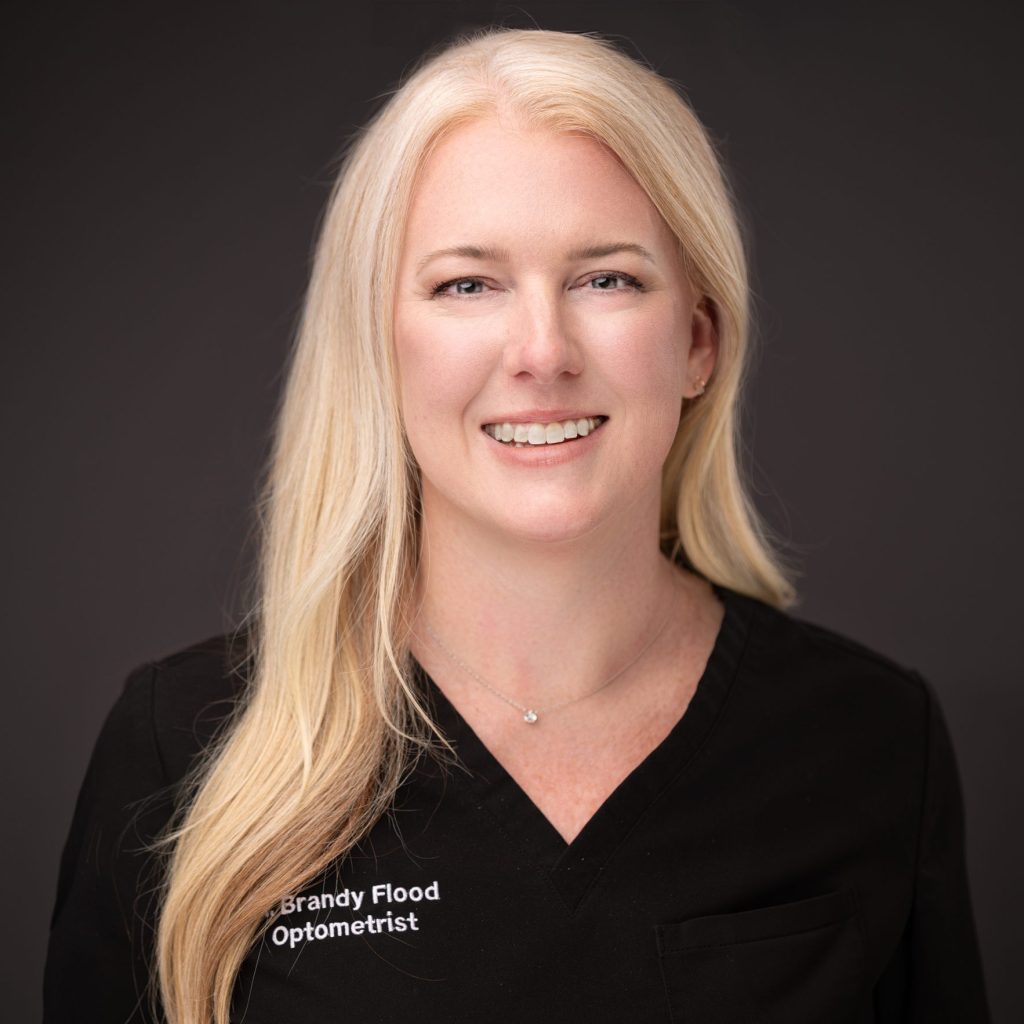Diabetes Eye Care
Do you have diabetes? Patients with diabetes are more predisposed to diabetic eye conditions like diabetic retinopathy. Our doctors treat patients with diabetes to help ensure they preserve their remaining vision for many years to come.
What is Diabetic Retinopathy?

Diabetic retinopathy is an eye condition that affects patients with diabetes. Those with diabetes may develop diabetic retinopathy if their blood sugar or glucose levels are not managed or controlled. Having diabetes complicates eye care and makes regular eye exams necessary to ensure the eyes stay healthy.
If you have diabetic retinopathy, it leads to damage to the blood vessels in the retina. The blood vessels may swell and leak or close off entirely, preventing blood from passing through the retina.
It may also result in new, abnormal blood vessels developing on the retina, impacting your vision and ability to see.
Stages of Diabetic Retinopathy
There are two main stages of diabetic retinopathy: non-proliferative diabetic retinopathy and proliferative diabetic retinopathy.
Non-Proliferative Diabetic Retinopathy
Non-proliferative diabetic retinopathy (NPDR) is the early stage of diabetic retinopathy. During non-proliferative diabetic retinopathy, it begins with the leaking of tiny blood vessels that cause the retina to swell.
When the retina swells, it leads to macular edema. Macular edema is the most common reason why people with diabetes lose their vision.
During non-proliferative diabetic retinopathy, patients may also have blood vessels in the retina close off, no longer allowing blood to make its way to the macula. Particles called exudates may also form on the retina, affecting vision and the ability to see clearly.
Patients with non-proliferative diabetic retinopathy will have blurry vision.
Proliferative Diabetic Retinopathy (PDR)
The second and most advanced stage of diabetic retinopathy is proliferative diabetic retinopathy (PDR). Diabetic retinopathy advances to this stage once the retina begins growing new blood vessels, a process called neovascularization.
The new blood vessels created are often fragile and may bleed into the vitreous. Patients with proliferative diabetic retinopathy may see a few dark floaters in their vision.
However, if the new and fragile blood vessels bleed a great deal, it may lead to a blockage of all vision. The new blood vessels can also form scar tissue, which can be quite problematic.
The macula may suffer problems or lead to a detached retina because of this scar tissue. Patients with proliferative diabetic retinopathy may lose both their central and peripheral vision.
Are There Any Warning Signs with Diabetic Retinopathy?

In its earliest stages, patients are often unaware they have diabetic retinopathy. However, as the condition continues to worsen, you may notice symptoms like:
These symptoms are not always exclusive to diabetic retinopathy, so it’s best to schedule an appointment with the surgeons at Georgia Center for Sight if you suspect you have the eye condition. He can test your vision and determine the cause of your vision problems.
If they are due to diabetic retinopathy, he can come up with an appropriate treatment plan to help preserve your remaining vision.
Treating Diabetic Retinopathy
At Georgia Center for Sight, our surgeons perform laser surgery to treat diabetic retinopathy. These procedures vary depending on the type and severity of diabetic retinopathy that patients have. The lasers are used to seal the leaking blood vessels or to destroy diseased portions of the retina. Using lasers to treat diabetic retinopathy helps prevent further vision loss from occurring.
The treatment usually takes less than five minutes to complete and only requires a numbing eye drop. Most patients describe laser surgery as painless and can return to their regular routine following treatment.
Request an Appointment


